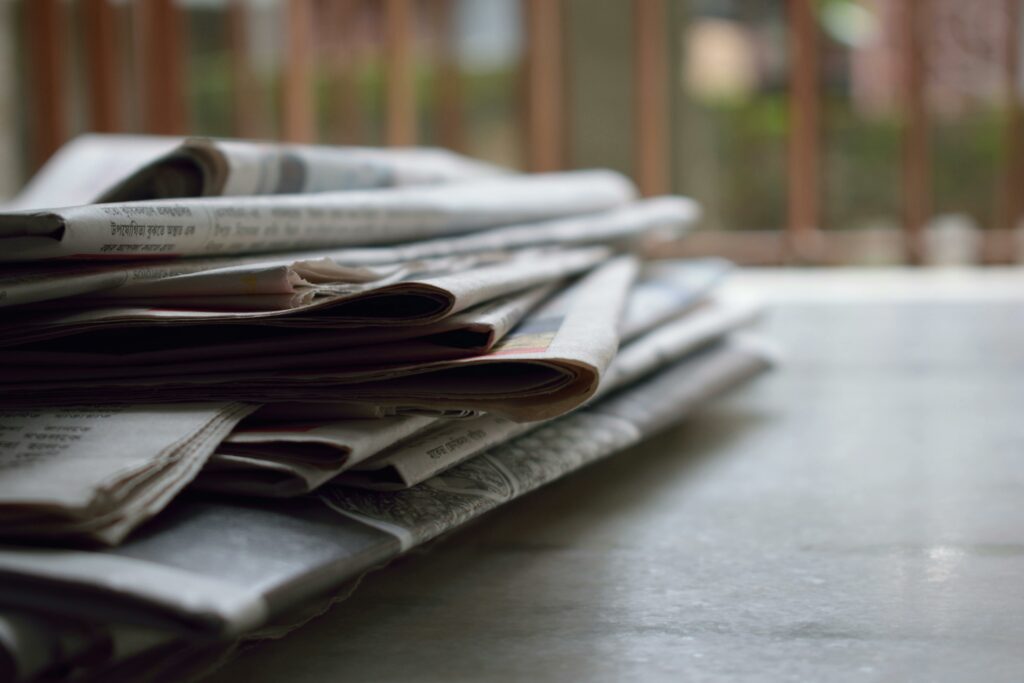AFP Asia Business
US stocks fall again while Alibaba gains on big AI push
Wall Street stocks retreated for a second straight session Wednesday while oil prices moved higher as Chinese online retail giant Alibaba surged on new AI investments.Major US indices pulled back further from Monday’s record closes following comments Tuesday from Federal Reserve chief Jerome Powell that US stocks are “fairly highly valued.””We’ve given up some ground …
US stocks fall again while Alibaba gains on big AI push Read More »

